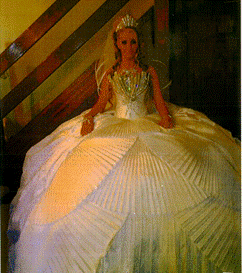
Intellectual Property Enterprise Court
PLEASE SUPPORT BAILII & FREE ACCESS TO LAW
To maintain its current level of service, BAILII urgently needs the support of its users.
Since you use the site, please consider making a donation to celebrate BAILII's 25 years of providing free access to law. No contribution is too small. If every visitor this month gives just £5, it will have a significant impact on BAILII's ability to continue providing this vital service.
Thank you for your support!
You are here: BAILII >> Databases >> Intellectual Property Enterprise Court >> Madine (t/a Nico) & Anor v Phillips (t/a Leanne Alexandra) & ors [2017] EWHC 3268 (IPEC) (13 December 2017)
URL: https://www.bailii.org/ew/cases/EWHC/IPEC/2017/3268.html
Cite as: [2017] EWHC 3268 (IPEC)













